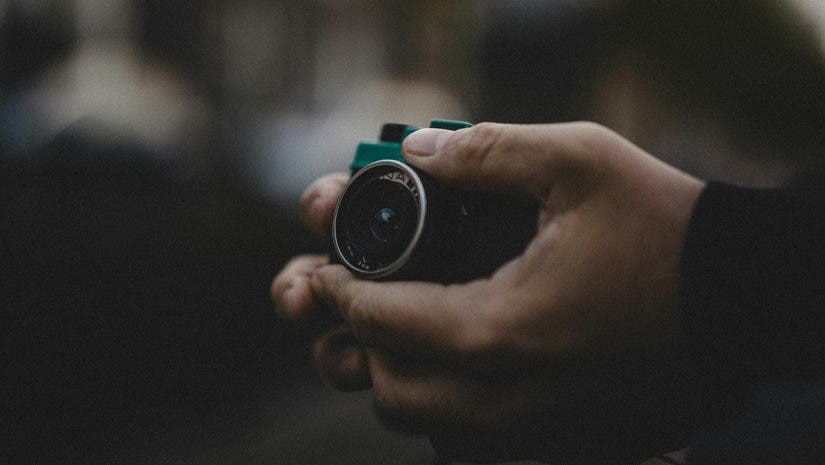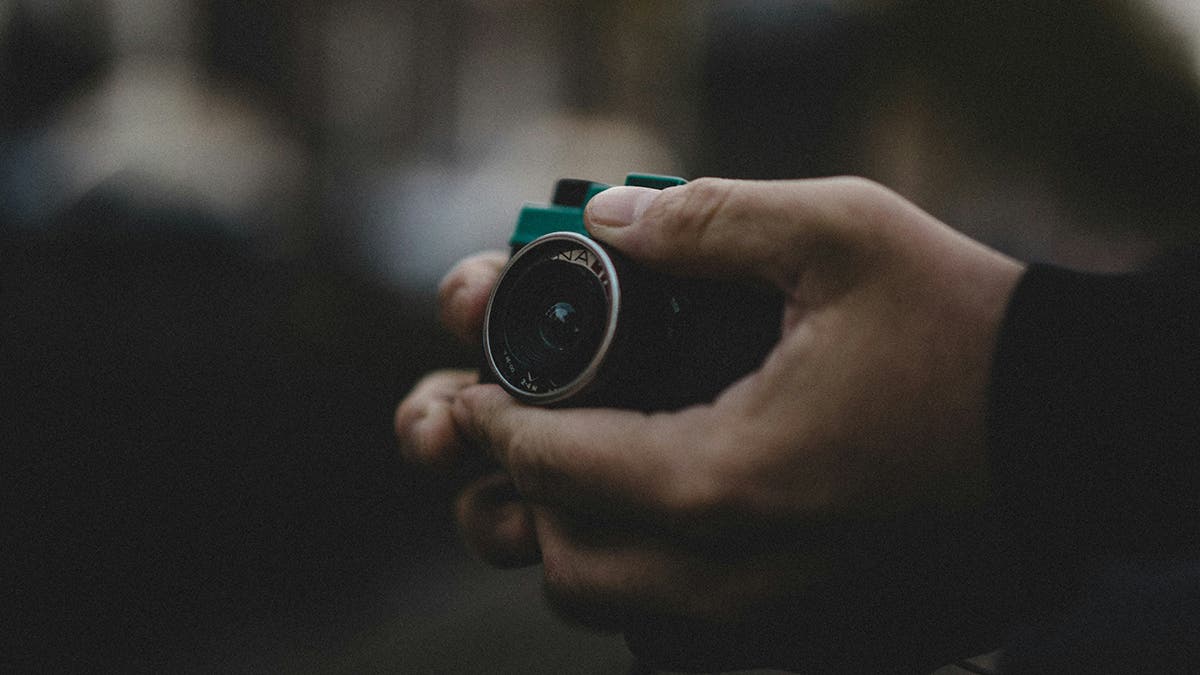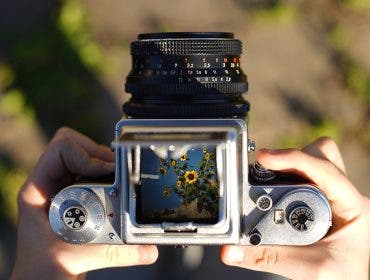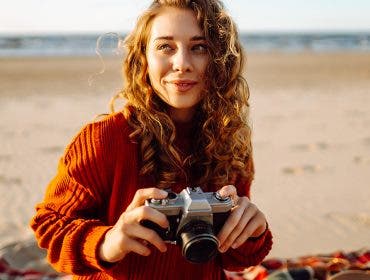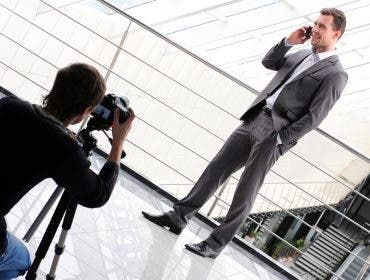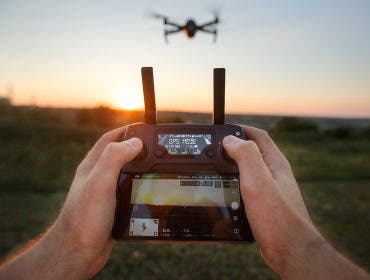Despite living in a world with 100mp digital sensors and lightning-fast autofocus, film photography has managed to stick around. In fact, it’s made something of a comeback in recent years, and it’s for good reason. While film photography doesn’t offer the convenience of modern-day digital photography, it offers a more intentional experience with tangible results. So, if you are thinking of getting into film photography, this guide should offer you a solid starting point.
Which Camera for Film Photography?
First things first, let’s talk about cameras. There are a couple of directions to go, from cheap point-and-shoot cameras to SLR and medium-format cameras, which can cost thousands of dollars. It’s worth remembering that when it comes to film photography, the camera body doesn’t have as big of an impact on your photos as it would with a digital camera – more on this later.
Point and Shoots
Point-and-shoot cameras pretty much do as their name suggests; you load the film, point the camera at your subject, and shoot. They are often small, easy to use, and should be cheap to buy. My advice for those of you starting out if you’re going for a Point-and-Shoot camera, stick to cheap options where possible. You’ll find some really high-end models made when film was king, but to get started, inexpensive is the way to go.
SLRs / Rangefinders
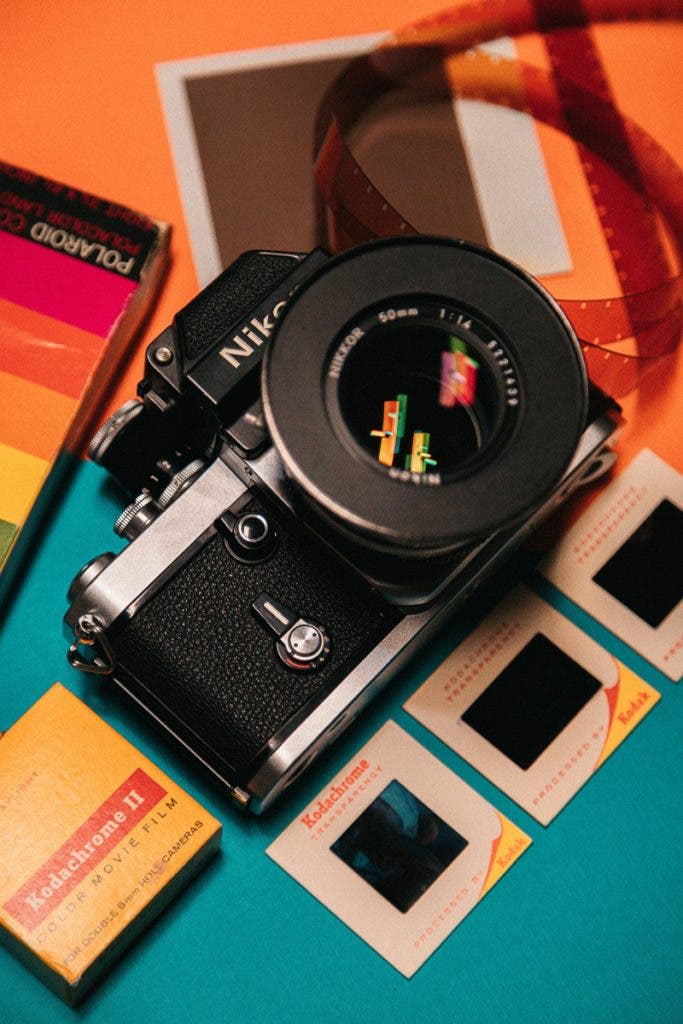
This is where things tend to get a little more expensive and complicated. With SLRs or rangefinders cameras, you get more control and the option of interchangeable lenses. A good option for newcomers is the Pentax 17, which was one of the few film cameras released last year.
The Pentax 17 shoots half frame, which effectively doubles the number of shots you get from a standard roll – 72 pictures instead of the usual 36. For someone learning the ropes, this can make each roll go further and might feel less intimidating as you experiment. While the Pentax 17 is tiny like a point and shoot, it offers some manual control.
Suppose you’re going for something more expensive, Adorama has second-hand film cameras. Everything from simple mechanical SLRs to classic Leicas to Medium and large format cameras. The best thing about using Adorama is they examine all the cameras and lenses before selling and offer a 30-day – no questions asked – warranty.
The Film
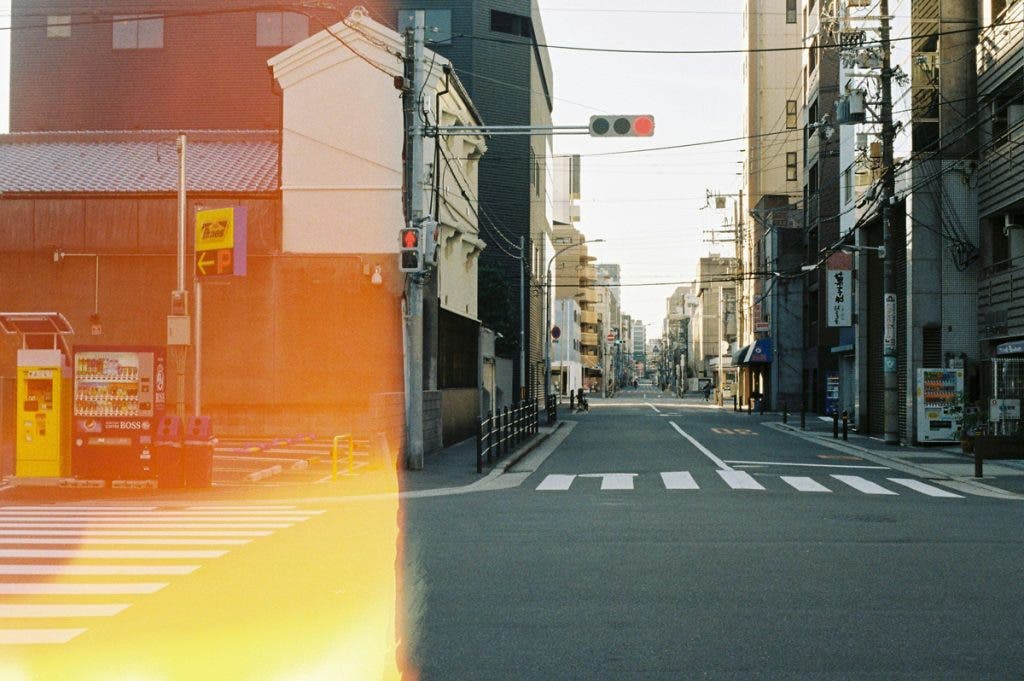
Unlike digital photography, where the lens and camera are wholly responsible for how your photo looks, in analog photography, it also comes down to your choice of film.
The thing to remember here is to make sure you buy the correct film for your camera. The two most popular film sizes are 35mm, which is compatible with most compact film cameras, and 120mm, which is designed for medium format cameras.
Film comes in all sorts of flavors, with each having its own unique look. Cheaper options for beginners include Kodak Gold, Kodak Color Plus, and Kodak Ultramax. Professional film stock such as the Kodak Portra 160, 400, and 800 range offers higher quality results. There are also great Black and White options such as Ilford HP5 and Kodak Tri-X.
If you’re new to film photography, I’d recommend starting with a few rolls of color film. It’s versatile and relatively forgiving.
The Process
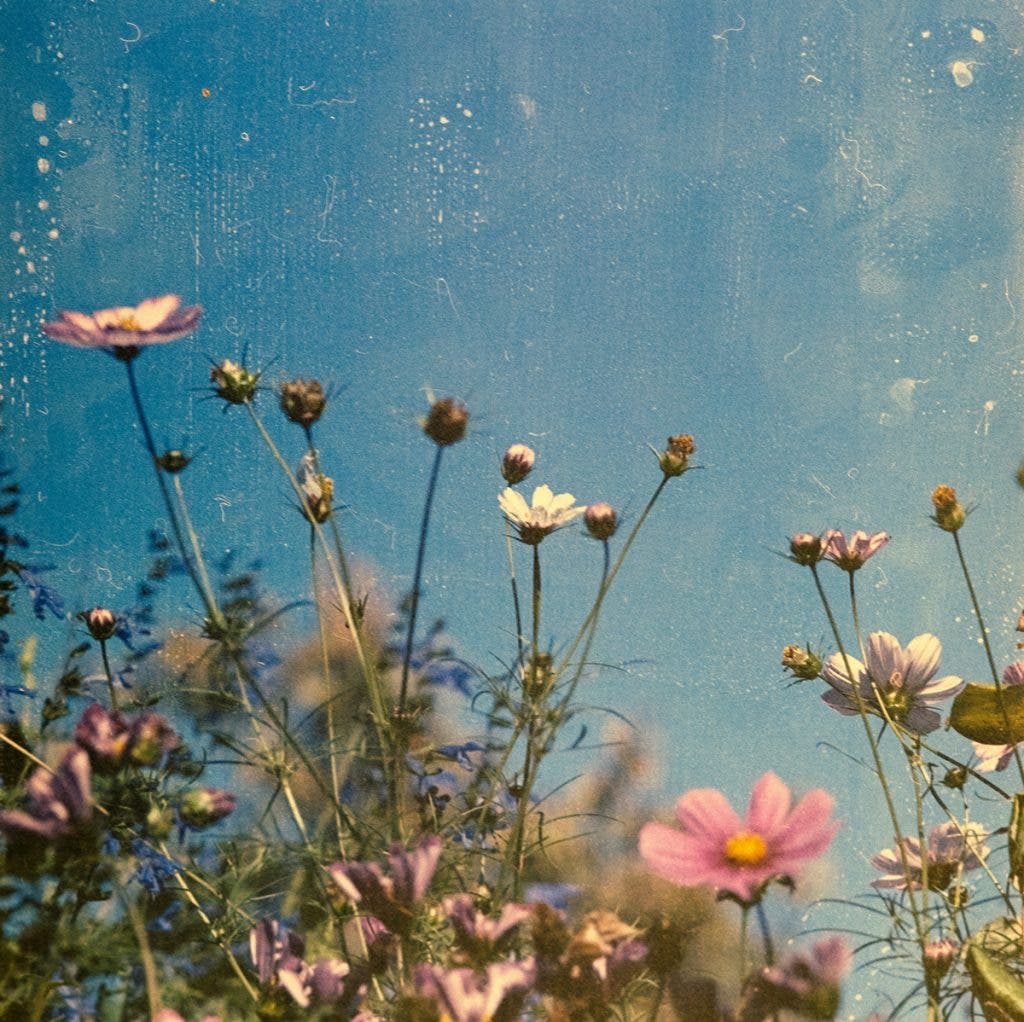
Embrace the Imperfections
Film Photography is not about perfection. It’s about capturing moments and emotions and finding beauty in the imperfect.
Loading and Unloading the film
When starting out, one of the most intimidating parts of film photography is loading the film. While it can look complicated, it’s actually pretty simple, and there are tons of step-by-step tutorials online that will help you.
Make sure not to open the back of your camera until you have shot your roll of film and wound it back into its casing. If you make the mistake of opening your camera and exposing the film to light before winding it back in, you might ruin your roll of film.
At the very least, the last few frames will be ruined. Perhaps, though, some from the beginning of the roll will be perfectly fine or have some weird light leaks. Remember what I said about imperfections?
Shooting
One of the biggest differences between digital and film photography is the amount of photos you’ll capture. With digital cameras, you can spray and pray with little consequence; however, with film, you will want to slow down and think about your composition carefully. Remember, every frame costs you money, and you only have a limited amount of film on hand.
This poses a very different shooting experience to digital and will force you to think a little more and be more intentional about what you’re shooting.
Developing
Once you have shot a roll of film, it’s time to develop your photos. You can either take your film to a film developer, which I recommend to newcomers, or have a go at developing your film at home. Most developers will also offer the option to send you digital scans of your photos or prints.
Final Thoughts on Film Photography
Film photography is about embracing the unexpected and finding beauty in the imperfections. Light leaks, grain, unexpected colors – these are all part of the fun. In a world obsessed with instant gratification, film photography offers a refreshing antidote. It’s a way to slow down and capture moments that feel real.
